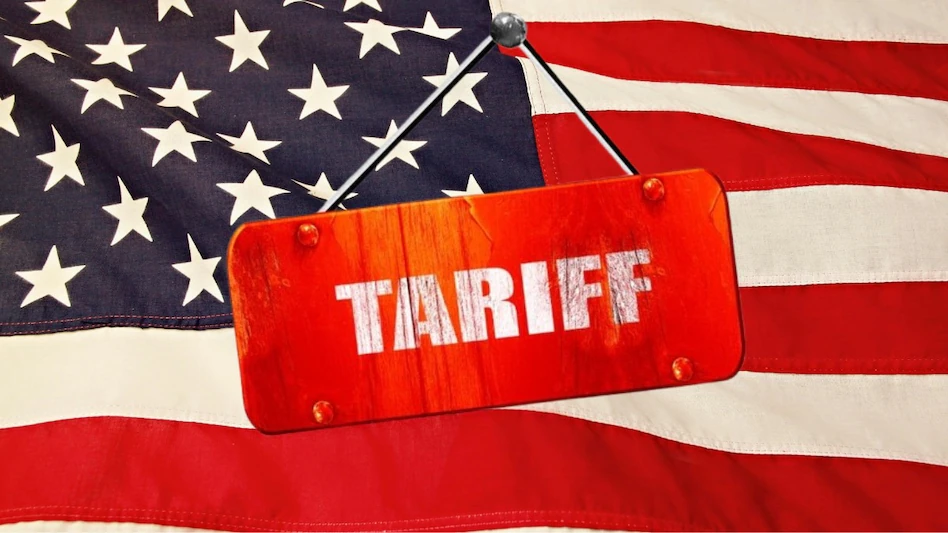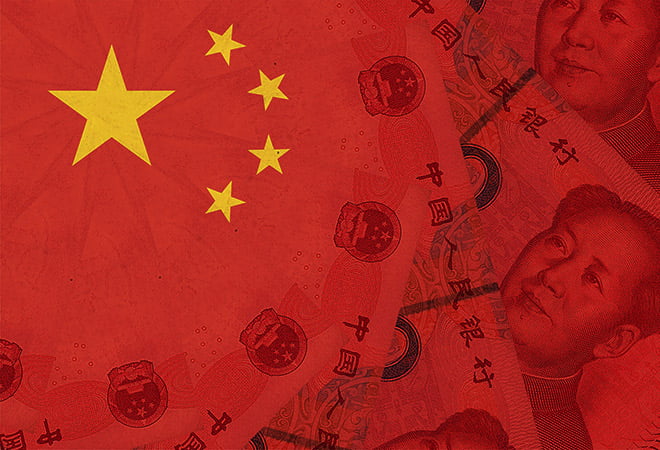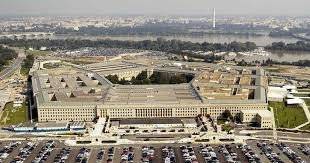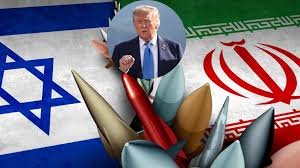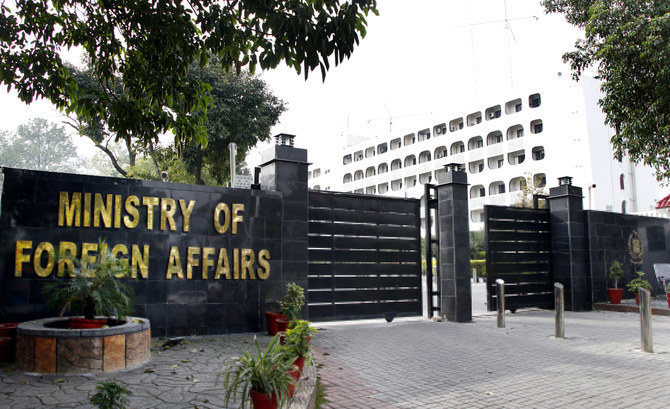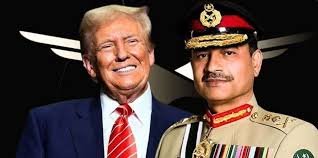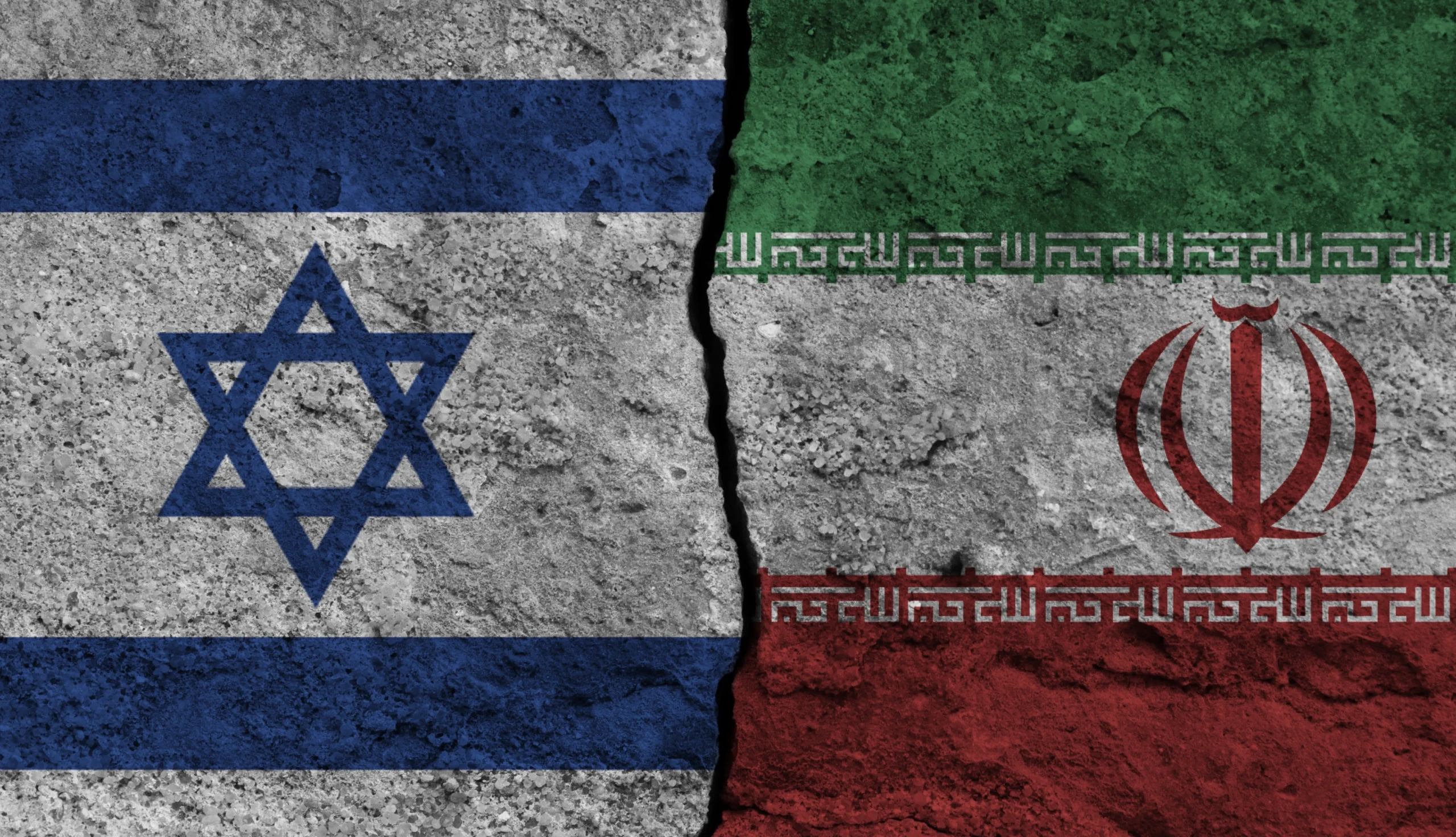Experts have criticized the Trump administration’s approach to determining which countries should face reciprocal tariffs, calling the method “crude and misleading.”
In an over nine-minute video released on April 4, CBC News examined how the U.S. calculates these tariffs, revealing flaws in the methodology. Douglas Irwin, an economics professor at Dartmouth College, expressed surprise at the existence of any formula at all, remarking that the tariffs appeared to be arbitrary and lacked clear criteria.
The controversy began last Wednesday when President Donald Trump announced the imposition of universal and reciprocal tariffs on nearly all countries, marking ‘Liberation Day.’ The president presented a chart with three columns showing countries, tariffs charged to the U.S., and reciprocal tariffs. The chart implied that factors such as currency manipulation and trade barriers were considered, but experts argue that the actual method is arbitrary.
The U.S. Trade Representative’s office outlined the formula behind the tariffs, which divides the U.S. trade deficit with a country by the total imports from that country, adjusted by factors like elasticity and price sensitivity. This simplified approach, according to experts, fails to account for crucial elements like non-tariff measures and currency manipulation.
The formula, which results in a “discounted rate” of tariffs, has drawn criticism for penalizing countries with larger trade deficits. For instance, Pakistan, which has a 58% tariff on U.S. goods, ends up with a discounted rate of 29%. Critics, including macroeconomist Ammar Habib Khan, argue that this calculation disproportionately punishes countries with high trade deficits, encouraging them to reduce imports from the U.S.
While concerns over inflation have arisen, Khan sees potential benefits for Pakistan. Since Pakistan’s largest export to the U.S. is textiles, the lower tariffs relative to regional competitors like Vietnam, Cambodia, Sri Lanka, and Bangladesh could offer Pakistan an opportunity to capture additional market share in the U.S. Khan suggests that Pakistan should seize this advantage to strengthen its trade ties with the U.S.



